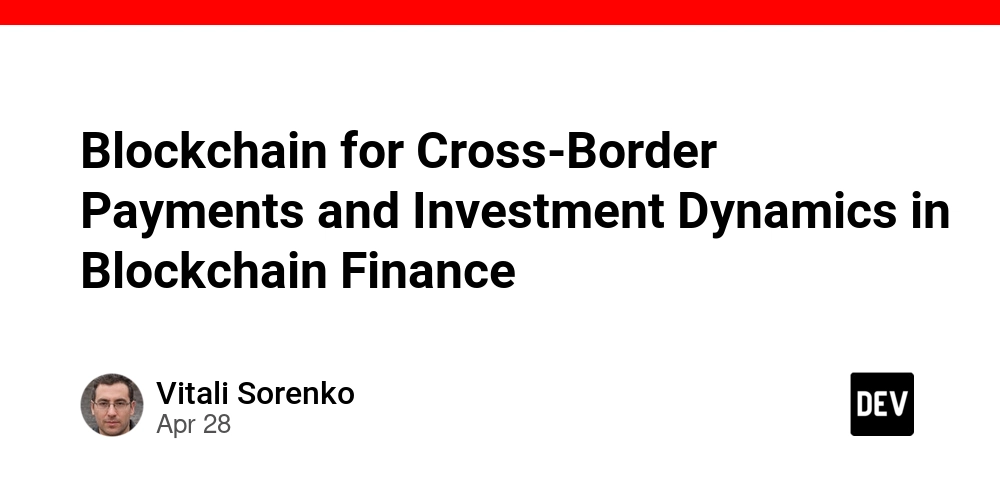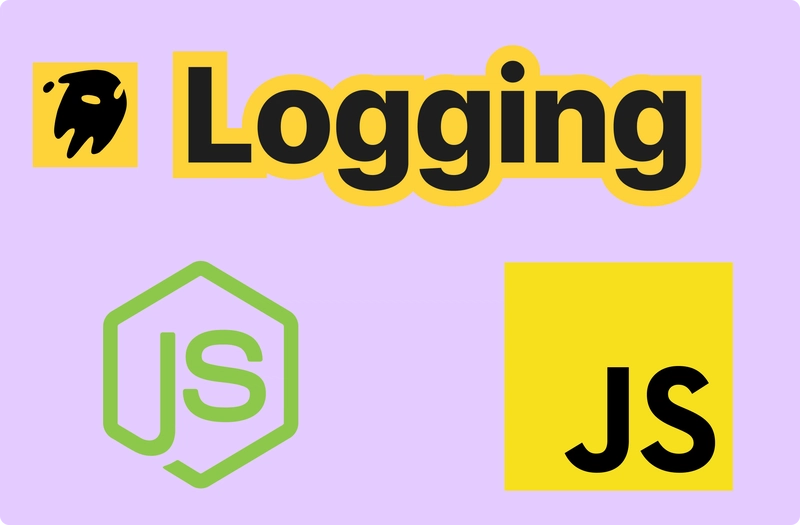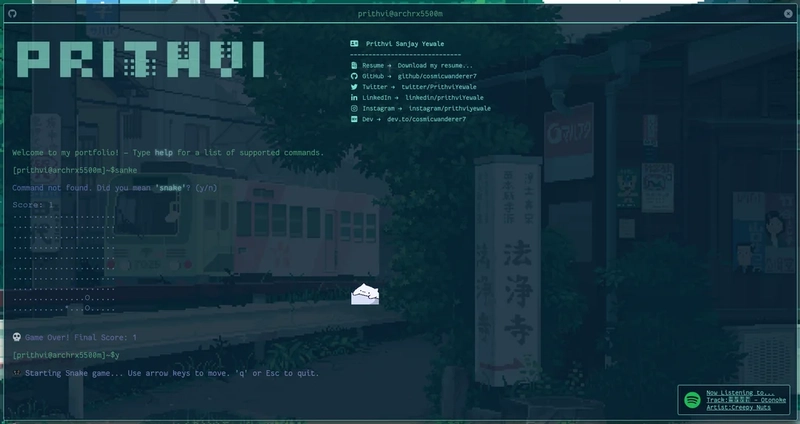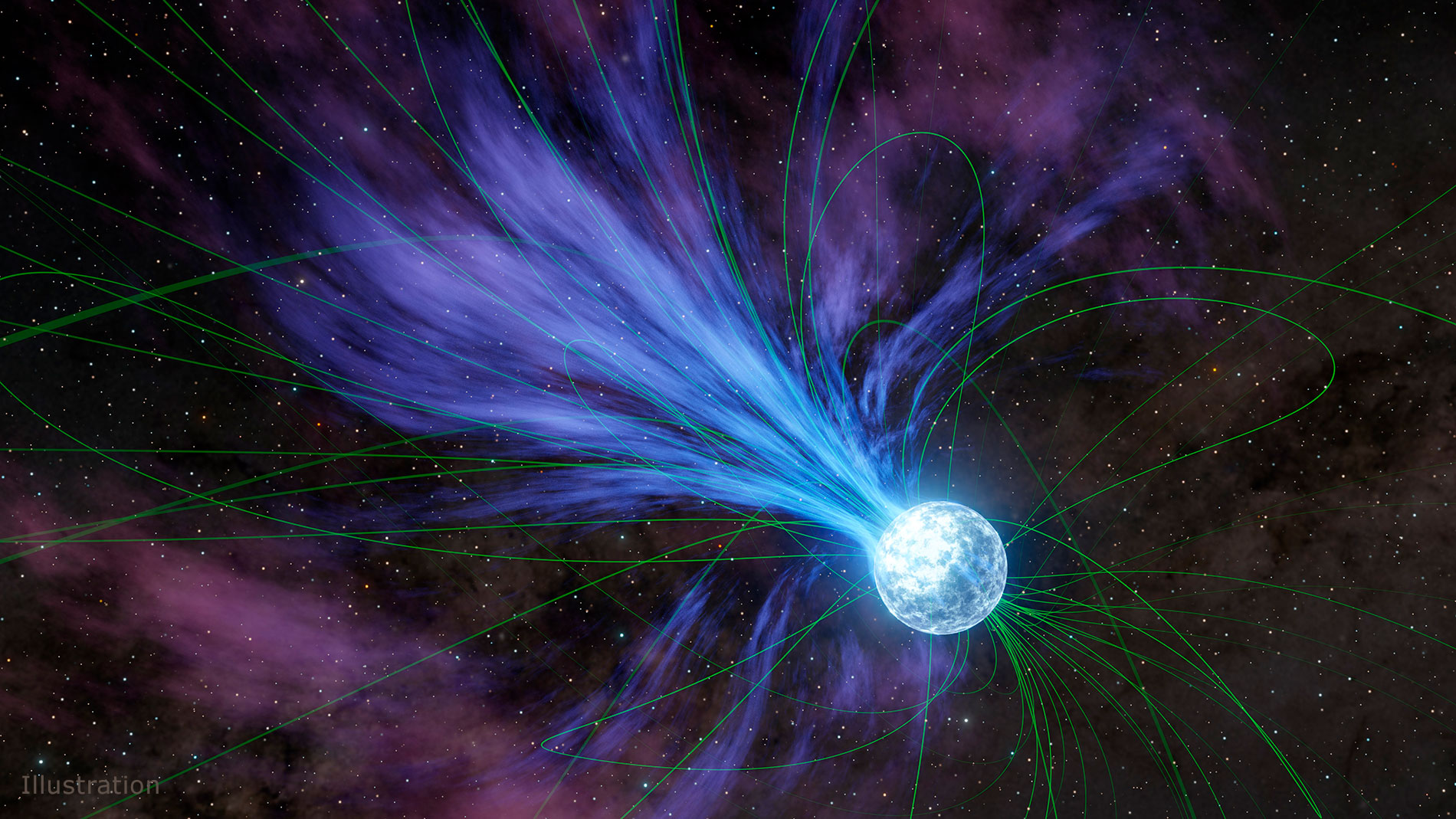Blockchain and Digital Rights Management: A Revolutionary Synergy in a Digital Era
Abstract In an age of digital content explosion, protecting intellectual property is more challenging than ever. Emerging technologies such as blockchain offer promising avenues to transform Digital Rights Management (DRM) by providing decentralization, enhanced security, transparency, and automated processes through smart contracts. This post explores the evolution of DRM, explains key blockchain features, illustrates practical applications and challenges, and previews future innovations that blend blockchain with AI and tokenization—all while providing actionable insights and links to additional resources. Introduction The digital landscape is rapidly evolving, and managing the rights of digital content has become a critical business and creative challenge. Traditional DRM solutions often rely on centralized systems that are prone to vulnerabilities, inefficiencies, and manipulation. In contrast, blockchain technology presents a transformative, decentralized approach that not only secures intellectual property but also automates licensing, royalty distribution, and compliance tracking. With its roots in cryptocurrency, blockchain is now making significant inroads into areas such as DRM. This blog post delves into how blockchain is revolutionizing digital rights management by enhancing data security, ensuring transparency, and streamlining operations through automated smart contracts. We will also examine real-world applications, challenges faced by the technology, and potential future innovations that could redefine digital content protection. Background and Context Digital Rights Management emerged as a response to rampant piracy and unauthorized reproduction of digital content. Early DRM solutions attempted to enforce copyright restrictions through centralized databases and controlled access points. However, as digital ecosystems grew more complex, these centralized models became susceptible to hacks, tampering, and inefficiencies. In contrast, blockchain emerged as a distributed ledger system offering immutable records and cryptographically secured transactions. Originally developed for cryptocurrencies, blockchain has reached far beyond financial applications. Its decentralized nature ensures that stored data cannot be changed without agreement across a vast network—ideal for maintaining transparent and tamper-proof records. By integrating blockchain into DRM, several advantages emerge: Decentralization and Security: Blockchain removes the need for a single authoritative source, reducing the risk of hacking and unauthorized modifications. For instance, learn more about blockchain security. Transparency and Immutability: Every transaction on the blockchain is recorded permanently, ensuring that digital rights and licenses can be traced back and verified. Explore more details about blockchain transparency. Smart Contracts: With self-executing contracts, licensing and compensation processes are automated, reducing intermediary costs and increasing compliance. Discover additional insights on smart contracts on blockchain. Core Concepts and Features Blockchain-based DRM incorporates several core features that give it a competitive edge over traditional systems: Decentralization and Security Traditional DRM systems are usually centralized. This means that a single breach or manipulation can compromise the entire system. Blockchain eliminates these vulnerabilities by distributing data across a network of nodes, ensuring that unauthorized modifications become nearly impossible. This level of security is vital for content creators and rights owners who must protect digital assets from piracy and illegal duplication. Transparency and Immutability Every blockchain transaction is recorded chronologically and is publicly accessible. This level of transparency guarantees that once a digital right is registered on the blockchain, it cannot later be altered or removed, providing a reliable audit trail. This is particularly beneficial when verifying complex licensing arrangements or tracing the history of a digital asset. Automation via Smart Contracts Smart contracts are programmable scripts embedded in blockchain platforms. They automatically enforce the terms of licensing agreements, trigger royalty payments, and handle compliance checks. This automation reduces the need for intermediaries and speeds up transaction processes. The automation of compensation is especially relevant in environments where traditional royalty distribution methods have proven slow and error-prone. Efficient Royalty Distribution By integrating digital rights with blockchain-based payment mechanisms such as Non-Fungible Tokens (NFTs) and cryptocurrencies, creators can ensure that royalties are distributed automatically and efficiently. This system minimizes delays and reduces costs associated with manual processing. To understand this con
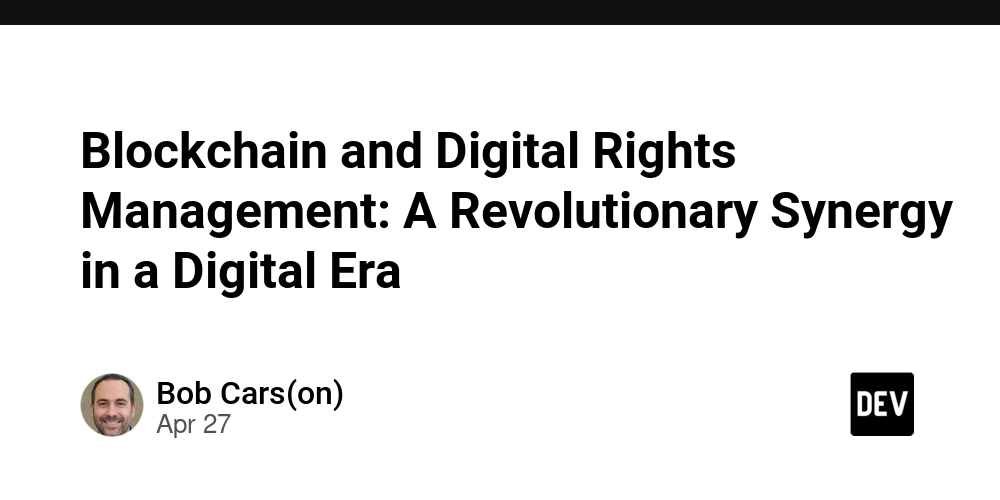
Abstract
In an age of digital content explosion, protecting intellectual property is more challenging than ever. Emerging technologies such as blockchain offer promising avenues to transform Digital Rights Management (DRM) by providing decentralization, enhanced security, transparency, and automated processes through smart contracts. This post explores the evolution of DRM, explains key blockchain features, illustrates practical applications and challenges, and previews future innovations that blend blockchain with AI and tokenization—all while providing actionable insights and links to additional resources.
Introduction
The digital landscape is rapidly evolving, and managing the rights of digital content has become a critical business and creative challenge. Traditional DRM solutions often rely on centralized systems that are prone to vulnerabilities, inefficiencies, and manipulation. In contrast, blockchain technology presents a transformative, decentralized approach that not only secures intellectual property but also automates licensing, royalty distribution, and compliance tracking. With its roots in cryptocurrency, blockchain is now making significant inroads into areas such as DRM.
This blog post delves into how blockchain is revolutionizing digital rights management by enhancing data security, ensuring transparency, and streamlining operations through automated smart contracts. We will also examine real-world applications, challenges faced by the technology, and potential future innovations that could redefine digital content protection.
Background and Context
Digital Rights Management emerged as a response to rampant piracy and unauthorized reproduction of digital content. Early DRM solutions attempted to enforce copyright restrictions through centralized databases and controlled access points. However, as digital ecosystems grew more complex, these centralized models became susceptible to hacks, tampering, and inefficiencies.
In contrast, blockchain emerged as a distributed ledger system offering immutable records and cryptographically secured transactions. Originally developed for cryptocurrencies, blockchain has reached far beyond financial applications. Its decentralized nature ensures that stored data cannot be changed without agreement across a vast network—ideal for maintaining transparent and tamper-proof records.
By integrating blockchain into DRM, several advantages emerge:
- Decentralization and Security: Blockchain removes the need for a single authoritative source, reducing the risk of hacking and unauthorized modifications. For instance, learn more about blockchain security.
- Transparency and Immutability: Every transaction on the blockchain is recorded permanently, ensuring that digital rights and licenses can be traced back and verified. Explore more details about blockchain transparency.
- Smart Contracts: With self-executing contracts, licensing and compensation processes are automated, reducing intermediary costs and increasing compliance. Discover additional insights on smart contracts on blockchain.
Core Concepts and Features
Blockchain-based DRM incorporates several core features that give it a competitive edge over traditional systems:
Decentralization and Security
Traditional DRM systems are usually centralized. This means that a single breach or manipulation can compromise the entire system. Blockchain eliminates these vulnerabilities by distributing data across a network of nodes, ensuring that unauthorized modifications become nearly impossible. This level of security is vital for content creators and rights owners who must protect digital assets from piracy and illegal duplication.
Transparency and Immutability
Every blockchain transaction is recorded chronologically and is publicly accessible. This level of transparency guarantees that once a digital right is registered on the blockchain, it cannot later be altered or removed, providing a reliable audit trail. This is particularly beneficial when verifying complex licensing arrangements or tracing the history of a digital asset.
Automation via Smart Contracts
Smart contracts are programmable scripts embedded in blockchain platforms. They automatically enforce the terms of licensing agreements, trigger royalty payments, and handle compliance checks. This automation reduces the need for intermediaries and speeds up transaction processes. The automation of compensation is especially relevant in environments where traditional royalty distribution methods have proven slow and error-prone.
Efficient Royalty Distribution
By integrating digital rights with blockchain-based payment mechanisms such as Non-Fungible Tokens (NFTs) and cryptocurrencies, creators can ensure that royalties are distributed automatically and efficiently. This system minimizes delays and reduces costs associated with manual processing. To understand this concept further, check out the role of NFTs in rewards at the role of NF Ts in open source rewards.
Enhanced Consumer Experience
Blockchain-based DRM provides flexibility not only for creators but also for consumers. A user-friendly interface paired with blockchain security leads to smoother penetration into consumer-grade platforms. For example, using blockchain, consumers can have verifiable access rights and fail-safe, automated permission systems that enrich their digital experience.
Table: Comparison Between Traditional DRM and Blockchain-Based DRM
| Feature | Traditional DRM | Blockchain-Based DRM |
|---|---|---|
| Centralization | Centralized server systems | Decentralized ledger systems |
| Security | Vulnerable to single-point attacks | Enhanced security via cryptography |
| Transparency | Limited auditability | Immutable and transparent records |
| Automation | Manual processes and intermediaries | Automated smart contracts |
| Royalty Distribution | Delayed and error-prone | Instant and efficient |
Applications and Use Cases
Blockchain’s integration into DRM is not just theoretical—it is already making an impact in various industries:
Digital Art and Intellectual Property
Digital art and NFTs have exploded into mainstream awareness. Artists now tokenize their work and sell verified digital certificates of authenticity. Blockchain plays a vital role in ensuring that each piece’s provenance and licensing information remains secure and tamper-proof. For a detailed perspective on digital art and blockchain integration, refer to NFT and digital rights management.
Music Industry and Royalty Automation
Musicians and content creators have long struggled with delayed royalty payments. By implementing blockchain-based DRM, it is now possible to track digital usage accurately and automatically trigger royalty payments via smart contracts. This not only leads to faster payments but also ensures fair compensation for creators. The automation leads to direct payments, bypassing intermediaries and reducing operational overhead.
Gaming and Virtual Goods
The gaming industry stands to benefit enormously from blockchain DRM. Gamers who purchase in-game assets can enjoy authenticated ownership where every asset’s history is recorded on the blockchain. This approach ensures that digital game items maintain their value and transfers are secure. In addition, blockchain platforms provide gamers with proof of ownership, adding an extra layer of authenticity and security.
Bullet List: Key Benefits of Blockchain-based DRM
- Reduced Fraud and Counterfeits: Blockchain’s immutable nature ensures that once a right is recorded, it cannot be altered.
- Automated Processes: Smart contracts enable real-time licensing, payment, and compliance.
- Global Access and Interoperability: Decentralized platforms work across international borders seamlessly.
- Enhanced User Trust: Transparency in rights management builds trust between creators, distributors, and consumers.
- Scalability: Although blockchain scalability is a challenge, ongoing innovations in blockchain scalability solutions are promising.
Challenges and Limitations
While blockchain offers numerous advantages, several challenges need careful consideration:
Scalability
Current blockchain networks face scalability issues due to limited transaction throughput. As the adoption of blockchain-based DRM increases, so too does the demand on the network, which might result in slower transaction times and higher fees. Developers continuously work on solutions such as layer-2 scaling and blockchain interoperability to mitigate these challenges.
Legal and Regulatory Considerations
A significant barrier to the adoption of blockchain DRM is the evolving legal landscape. Digital rights management touches upon intellectual property laws that vary significantly between jurisdictions. Crafting smart contracts that are legally enforceable and recognized is an ongoing challenge and requires close collaboration between technologists, legal experts, and policymakers.
Privacy Concerns
A blockchain’s transparency ensures a public ledger of all transactions. However, this level of openness can raise privacy issues. Balancing transparency with the protection of personal and sensitive data remains a priority for blockchain developers. Techniques such as zero-knowledge proofs may be employed in future iterations to maintain privacy while preserving auditability.
Interoperability Across Platforms
Digital content is often distributed via multiple platforms and ecosystems. For blockchain DRM to reach its full potential, seamless interoperability across these platforms is essential. Efforts are underway to develop standards that allow different blockchain systems to communicate effectively, ensuring that licensing information remains consistent across applications.
Future Outlook and Innovations
The future of blockchain-based DRM is full of exciting innovations and possibilities:
Tokenization of Digital Assets
Tokenization allows for fractional ownership of digital content. This can open up new revenue streams for creators, offering investors the chance to own a piece of popular content. Learn more about tokenization of assets and its impact on digital rights management.
Decentralized Platforms and Direct Consumer Interaction
Decentralized platforms empower creators by enabling them to interact directly with consumers, bypassing traditional distribution channels. This paves the way for more equitable revenue models and increased transparency in financial transactions.
Cross-Border Licensing and Compliance
Blockchain’s global reach can simplify cross-border management of digital rights. Smart contracts can automatically enforce localized licensing regulations, making it easier to comply with international intellectual property laws.
Integration with AI and Data Analytics
Blockchain combined with AI could offer proactive copyright management, real-time consumer insights, and automated dispute resolution. The integration of these technologies promises a more responsive and adaptive DRM ecosystem.
Dev.to Perspectives on Future Trends
Innovative thinkers in the open-source community are already exploring these trends. For example, check out insights from Elon Musk and the Open Source Revolution and the transformative vision in Fragment: Revolutionizing Digital Commerce on Telegram. Additionally, discussions on the cybersecurity aspects in digital art can be found in Art Blocks in Cyberwar Scenarios, which further illustrate the multi-faceted potential of blockchain DRM.
Summary
Blockchain is poised to redefine Digital Rights Management by offering a decentralized, transparent, and secure alternative to conventional methods. The integration of smart contracts automates licensing and royalty distribution, greatly benefiting creators and consumers alike. As challenges such as scalability, interoperability, and legal uncertainties are addressed, blockchain DRM is expected to evolve even further, merging with trends like tokenization and AI-driven automation.
By providing a clear audit trail, reducing fraud, and enhancing user trust, blockchain DRM not only protects intellectual property but also encourages a more equitable digital ecosystem. For further reading on blockchain technology and its applications in managing digital rights, refer to the original article Blockchain and Digital Rights Management: A Revolutionary Synergy.
Further Resources
- Learn more about how blockchain works on IBM's Blockchain Primer and the fundamentals of how blockchain works on CoinDesk.
- Explore additional technical aspects of blockchain security and transparency through the following links:
As digital ecosystems continue to evolve, the integration of blockchain and DRM signals a fundamental shift toward a more secure, automated, and transparent future for managing digital rights. By staying informed of these innovations and addressing the associated challenges, creators and developers can harness blockchain to sustain creativity and protect intellectual property in this new digital era.











